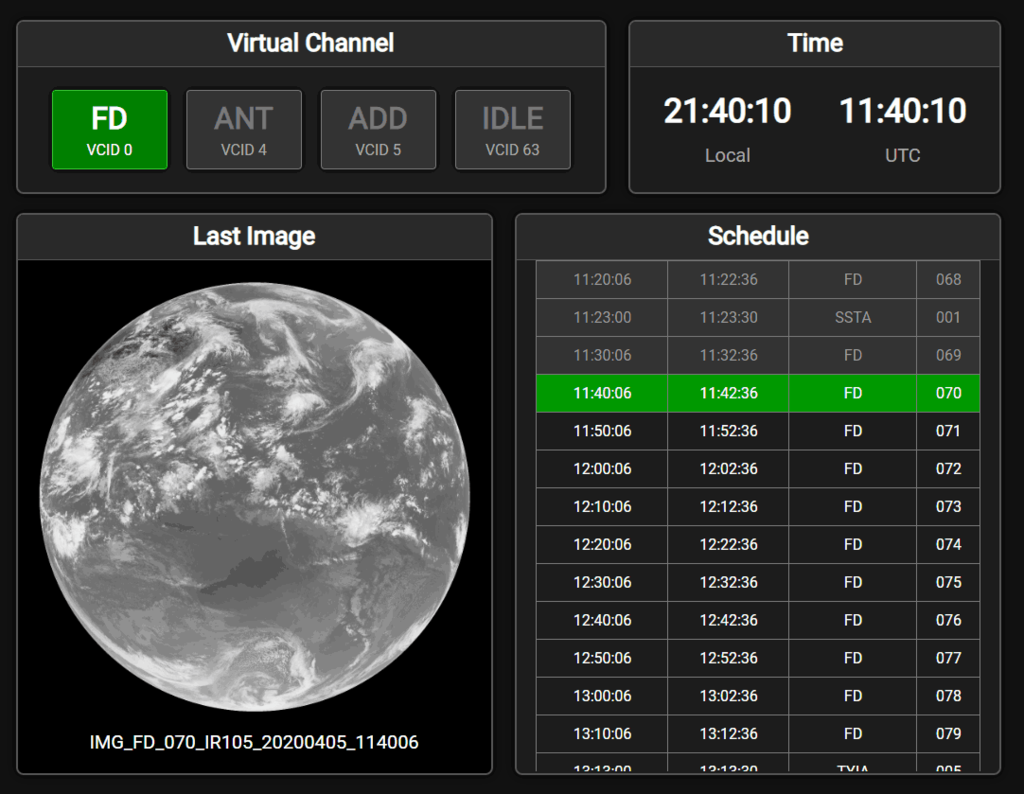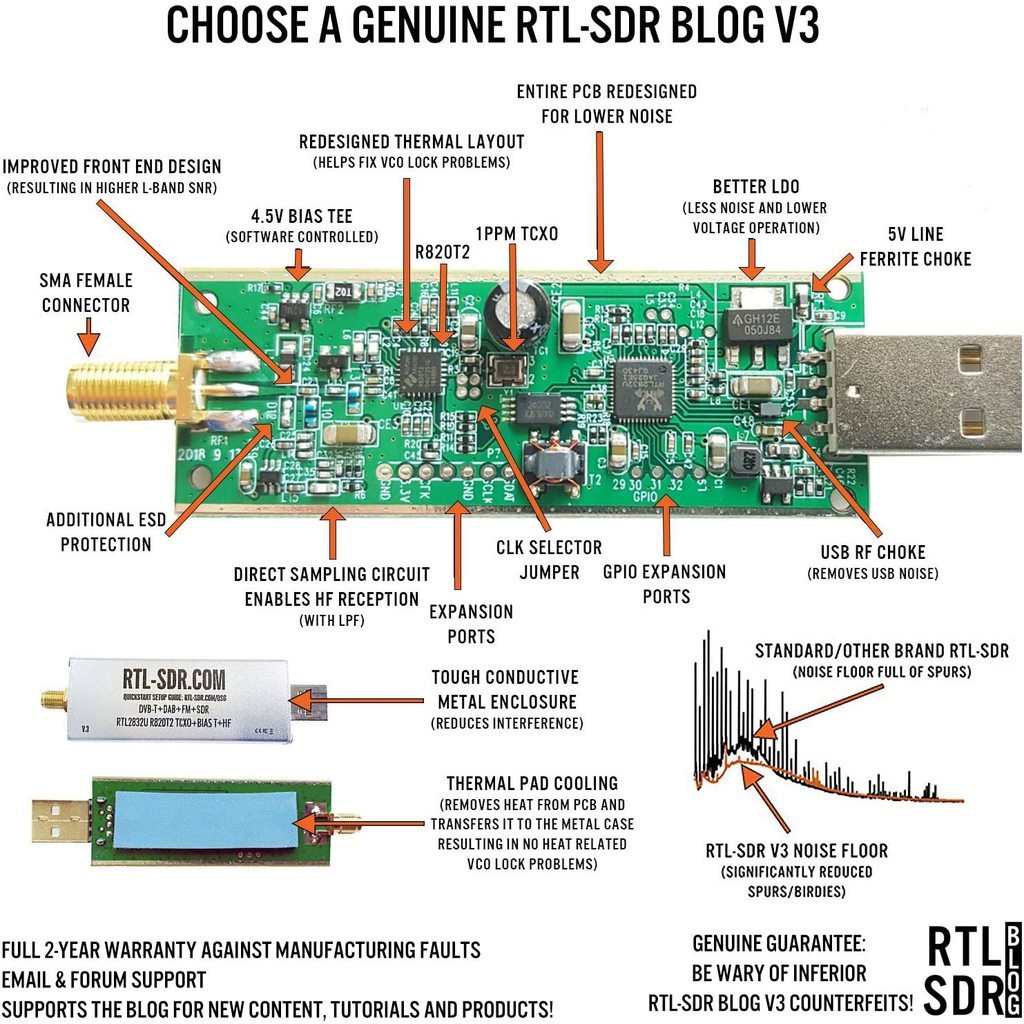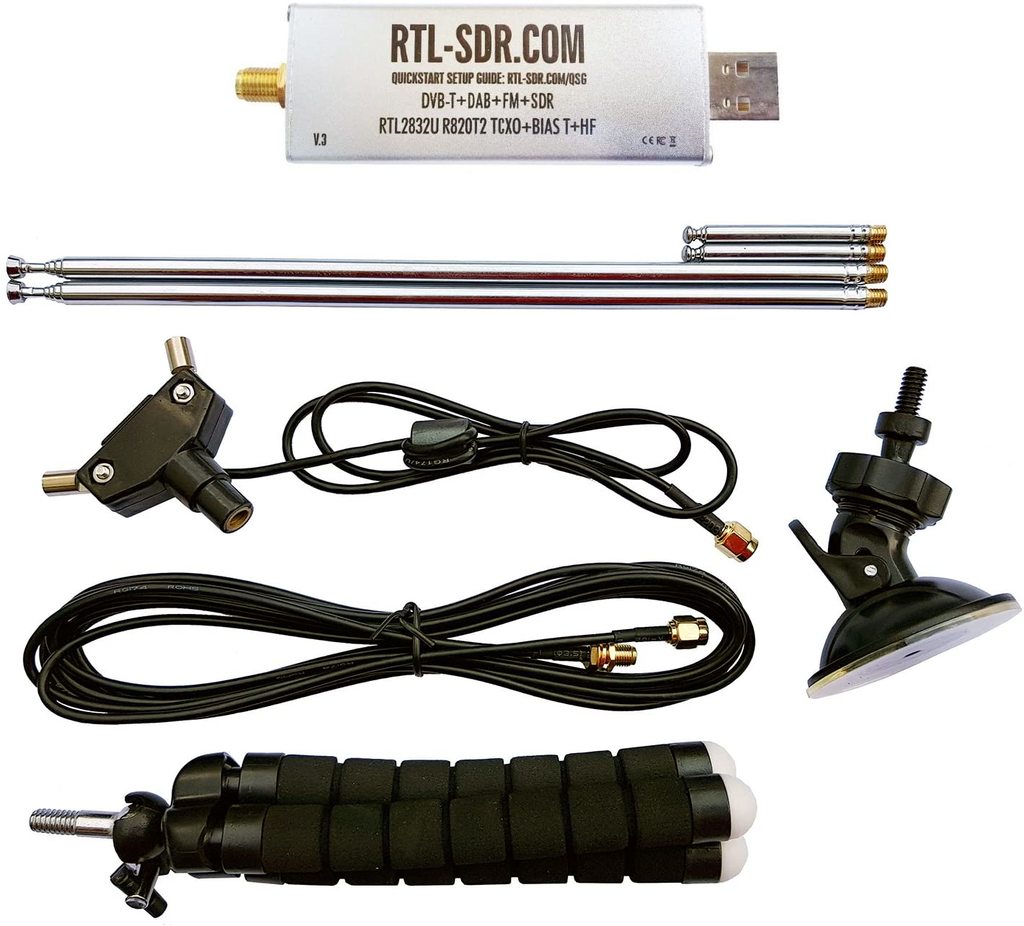Tutorial on Using xrit-rx to Receive Weather Images from Geostationary Satellite GK-2A
Over on his website VKSDR has recently released a tutorial about his Linux based xirt-rx software which allows RTL-SDR and other SDR owners receive weather images from the geostationary satellite known as GEO-KOMPSAT-2A (GK-2A). GK-2A is a Korean satellite, hence it is positioned over the Asia-Pacific region, covering Asia, Eastern Russia, Australia and New Zealand.
To receive images from GK-2A you'll need an RTL-SDR, 2.4 GHz WiFi grid antenna and an L-band LNA. We have an earlier tutorial about receiving GK-2A and GOES geostationary L-band satellites that goes into more detail about the hardware required.
VKSDR's xrit-rx software decodes the Low Rate Information Transmission (LRIT) signal from GK-2A which provides a 64kbps data stream and full disk images of the earth every 10 minutes. His tutorial explains the various image types that are transmitted, shows a few example images, and shows that some smooth animations can be created with the 144 images received over a day. The rest of the tutorial goes into the software setup, and explains the installation and configuration procedure.
We note that the latest version of xrit-rx now also comes with a nice web based dashboard that allows you to view the latest image, as well as the upcoming image schedule.


The new web based dashboard for xrit-rx




